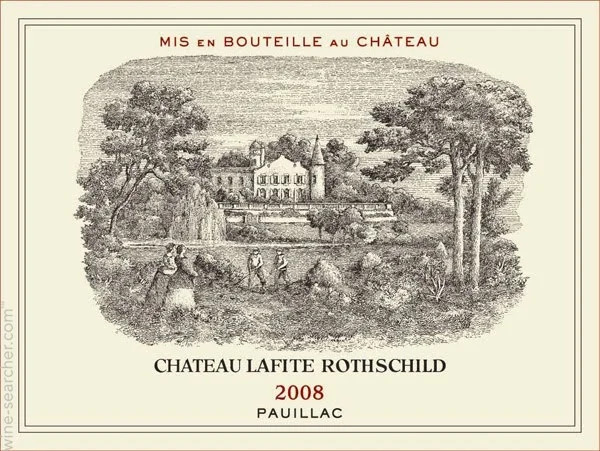

It was supposed to be a vintage – the signs were good, the scores were promising and the market was ready – so how did the Bordeaux First Growths of the 2008 vintage end up meeting such an underwhelming reception?
Looking at the situation dispassionately, it should have worked. The “8” in the year suggested that the Chinese market would be powerless to resist such an auspicious number on the label. In fact,Château Lafite Rothschild were prompted to adorn their bottles with Chinese symbols to seal the deal with a country that was buying increasing amounts of Europe’s best wines.
It started well. The 2008 First Growths shot out of the gate at the en primeur campaign, offering startlingly good value. Latour, Lafite andMargaux all released at $146 a bottle. Mouton was 10 percent cheaper and Haut-Brion was on its own in charging a 20-percent premium.
The vintage was generally well rated and the wines were seen as good value, following the expensive, but uninspiring 2007 vintage, so people were happy
Then the secondary market kicked in and things went weird, especially for Lafite. Robert Parker gave the Lafite a score of 98 and prices went north. By April 2011, two years after the en primeur campaign, the average price of Lafite on Wine-Searcher had grown to $2134 a bottle, an almost 15-fold increase.
The other First Growths had also appreciated in value over the same period, although not as spectacularly. By April 2011, Château Latour had climbed to an average price of $1257 a bottle, while Mouton had nudged the $1150 mark. Margaux peaked at $836, while Haut-Brion maxed out in July 2011 at $723.
Why Lafite inflated in price so much is down to several factors. It has been seen – rightly or wrongly – as the leader of the First Growth pack, with a long reputation for quality stretching back to the 18th Century. It was this reputation that allowed negociants and merchants to push the price up so steeply.
There was also the Chinese factor. China had become a big market for top-end Bordeaux, with a new generation of millionaires splashing their money about in the kind of display of conspicuous consumption that makes wine merchants rub their hands with glee.
And then, just as suddenly, it was all over and prices began trickling downhill, gathering pace as they went. Chinese authorities were suddenly frowning on ostentatious displays of wealth, and the rest of the world was still struggling with the aftermath of the global recession, so there was no market to pick up the slack.
Read more at Bordeaux 2008 – Keeping Lafite on the Ground




